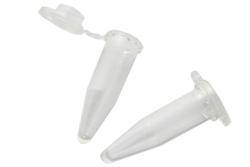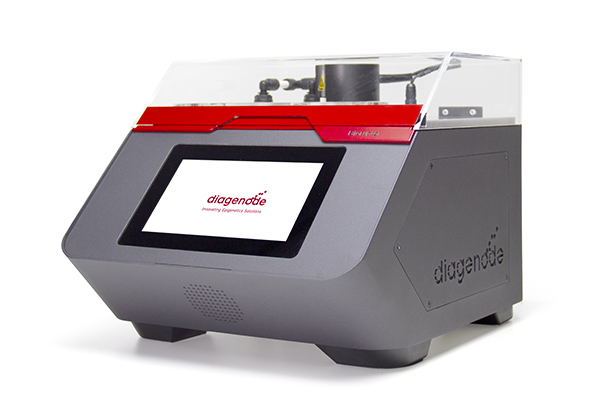How to properly cite our product/service in your work We strongly recommend using this: 0.65 ml Picoruptor Microtubes (Hologic Diagenode Cat# C30010011). Click here to copy to clipboard. Using our products or services in your publication? Let us know! |
Epigenetic regulation of the lineage specificity of primary human dermallymphatic and blood vascular endothelial cells.
Tacconi, Carlotta and He, Yuliang and Ducoli, Luca and Detmar, Michael
Lymphatic and blood vascular endothelial cells (ECs) share several molecular and developmental features. However, these two cell types possess distinct phenotypic signatures, reflecting their different biological functions. Despite significant advances in elucidating how the specification of lymphatic and blood vasc... |
Regulation of Co-transcriptional Pre-mRNA Splicing by mA through the Low-Complexity Protein hnRNPG.
Zhou KI, Shi H, Lyu R, Wylder AC, Matuszek Ż, Pan JN, He C, Parisien M, Pan T
N-methyladenosine (mA) modification occurs co-transcriptionally and impacts pre-mRNA processing; however, the mechanism of co-transcriptional mA-dependent alternative splicing regulation is still poorly understood. Heterogeneous nuclear ribonucleoprotein G (hnRNPG) is an mA reader protein that binds RNA through RRM ... |
Restriction-site associated DNA sequencing supports a sister group relationship of Nigritella and Gymnadenia (Orchidaceae).
Brandrud MK, Paun O, Lorenz R, Baar J, Hedrén M
The orchid genus Nigritella is closely related to Gymnadenia and has from time to time been merged with the latter. Although Nigritella is morphologically distinct, it has been suggested that the separating characters are easily modifiable and subject to rapid evolutionary change. So far, molecular phylogenetic stud... |
Epigenome analysis links gene regulatory elements in group 2 innate lymphocytes to asthma susceptibility.
Stadhouders R, Li BWS, de Bruijn MJW, Gomez A, Rao TN, Fehling HJ, van IJcken WFJ, Lim AI, Di Santo JP, Graf T, Hendriks RW
BACKGROUND: Group 2 innate lymphoid cells (ILC2s) are major producers of the cytokines driving allergic asthma, and increased ILC2 numbers have been detected in blood and sputum of asthmatic patients. Asthma susceptibility has a strong genetic component, but the underlying mechanisms and whether asthma genetics affe... |



